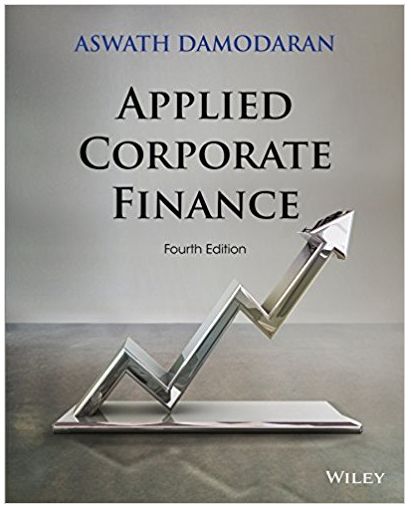A small, private firm has approached you for advice on its capital structure decision. It is in
Question:
• The book value of equity is $1.5 million, but the estimated market value is $6 million.
• The firm has $1 million in debt outstanding and paid an interest expense of $80,000 on the debt last year.
(On the basis of the interest coverage ratio, the firm would be rated AA and would be facing an interest rate of 8.25%.)
• The equity is not traded, but the average beta for comparable traded firms is 1.05, and their average debt/equity ratio is 25%.
a. Estimate the current cost of capital for this firm.
b. Assume now that this firm doubles it debt from $1 million to $2 million and that the interest rate at which it can borrow increases to 9%. Estimate the new cost of capital and the effect on firm value.
c. You also have a regression that you have run of debt ratios of publicly traded firms against firm characteristics:
DBTFR = 0.15 + 1.05 (EBIT ∕Firm Value) − 0.10 (Beta)
Estimate the debt ratio for the private firm, based on this regression.
d. What are some of the concerns you might have in extending the approaches used by large publicly traded firms to estimate optimal leverage to smaller firms?
Capital Structure
Capital structure refers to a company’s outstanding debt and equity. The capital structure is the particular combination of debt and equity used by a finance its overall operations and growth. Capital structure maximizes the market value of a... Cost Of Capital
Cost of capital refers to the opportunity cost of making a specific investment . Cost of capital (COC) is the rate of return that a firm must earn on its project investments to maintain its market value and attract funds. COC is the required rate of...
Fantastic news! We've Found the answer you've been seeking!
Step by Step Answer:
Related Book For 

Question Posted:





